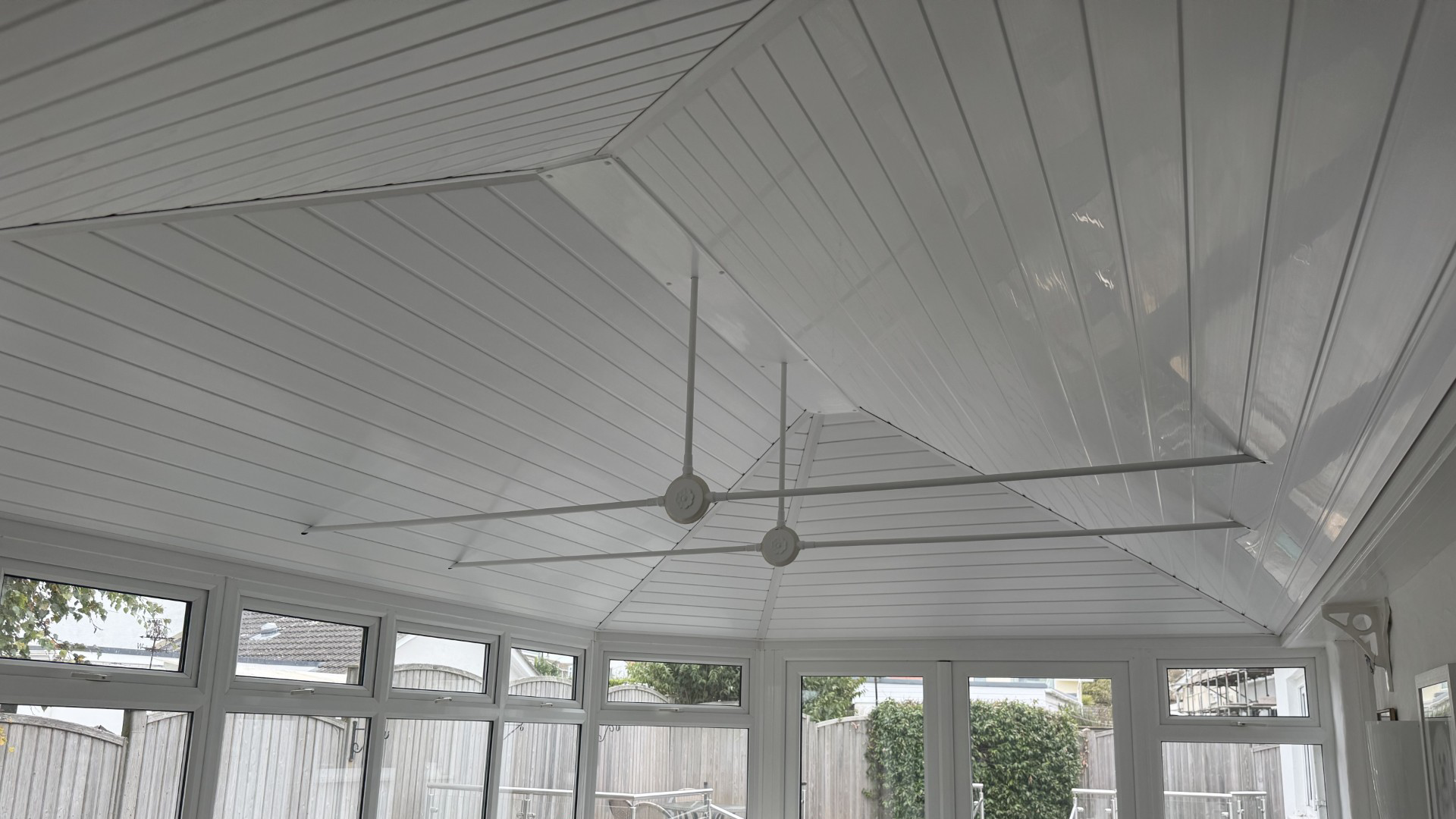Why conservatory condensation happens and how to fix It

Condensation in a conservatory is one of the most frustrating issues homeowners face. It creeps in during the colder months, fogs up your windows, and can lead to damp smells, mould patches and even long-term structural problems.
If your conservatory constantly feels clammy or damp, this guide is for you.
What is condensation and why does it happen?
Condensation forms when warm, moist air meets a cold surface. In a conservatory, that usually means the inside of your windows or roof panels. The moisture in the air cools quickly and turns into water droplets.
Everyday activities like cooking, showering, drying clothes, and even breathing release moisture into the air. If your conservatory isn’t properly insulated or ventilated, that moisture has nowhere to go—and it settles on the nearest cold surface.
Why conservatories are especially prone to it
Conservatories are built with lots of glass and often lightweight polycarbonate roofs. These materials lose heat faster than brick walls or tiled roofs. In the colder months, the roof and windows quickly drop in temperature, creating the perfect conditions for condensation.
What does it lead to?
- Foggy windows that make the space feel gloomy
- Pools of water on windowsills
- Mould on walls, ceilings or blinds
- Peeling paint or wallpaper
- A musty smell that never quite goes away
How to reduce condensation in your conservatory
1. Insulate the Roof
The single most effective way to stop condensation is to stabilise the temperature of your conservatory. Roof insulation with a built-in vapour control layer, as with Ambivo’s Conservaheat system, stops warm air from reaching cold surfaces and turning into moisture.
2. Improve Ventilation
Allowing air to circulate helps moisture escape. Open a window, install trickle vents, or add a roof vent if your conservatory allows it. A dehumidifier can also help reduce the overall moisture level in the air.
3. Keep the Space Warm
Keeping your conservatory at a stable temperature will reduce condensation. That’s why insulation is such a game-changer—it makes your space easier (and cheaper) to keep warm.
4. Avoid Drying Clothes in There
Wet laundry releases litres of moisture into the air, which leads straight to condensation. Try to dry clothes in a better-ventilated area or invest in a tumble dryer with good extraction.
5. Watch Out for Hidden Signs
If your conservatory smells damp, you see black mould spots, or your blinds seem constantly wet—these are all signs condensation is taking hold. Act early to prevent long-term issues.
The Ambivo Fix
With Ambivo, solving condensation is simple. Our Conservaheat system tackles the problem at the source by keeping surfaces warmer and stopping the moisture cycle. Installation is quick, clean and usually completed in just one day.
Don’t let condensation spoil your space. With proper insulation and a few small changes, your conservatory can become a warm, dry, and enjoyable part of your home all year long.
Let’s make your conservatory work for you
Get your quote arranged in 2 minutes – no obligation, just honest pricing and expert advice.
